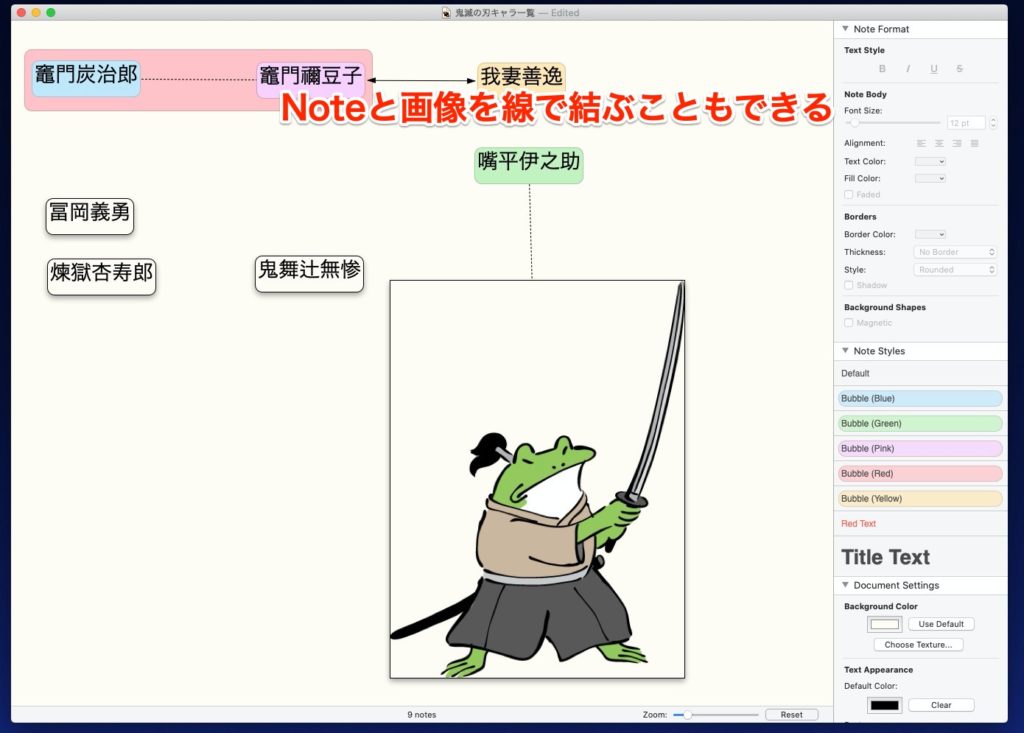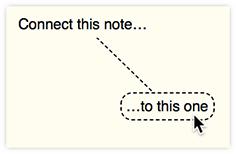
:max_bytes(150000):strip_icc()/Scapple-5a6230fc494ec90037da83cf.png)
Bookends works with Word as well on a Mac, but as it is not available on Windows OS, I either use Endnote or Mendeley for organising references and citation when working on co-authored papers. In terms of reference manager, there are a number of options that work well with Word. Hence MS Word is usually the go-to application when working on a co-authored paper. I have on occasions used Google Docs when I’ve wanted inputs from more than one co-authors at the same time, and also to make the versioning easier, however, being online-only makes Google Docs hard to use, especially when your collaborators are travelling or are in places with poor internet connection. When I am working on a co-authored paper, I move from Scrivener to MS Word when I have to have other authors working on the paper as well, as everybody I work with uses Word and are comfortable working on it (I don’t know any of my co-authors who use Mellel for example).
SCAPPLE EXPORT PDF
But if you do not need others to directly edit the document, Mellel can export document as PDF directly from the main menu. When I needed my thesis chapters to be commented on, I sent them as RTF to my supervisors so they could comment on it using MS Word. For example, I finalised my PhD dissertation on Mellel with Bookends for reference management. Mellel is one of the best and most stable word processing application on MacOS, especially when you are writing a long text document, such as a thesis and it works perfectly with Bookends for reference management. If I am working alone on the project - and do not need others to edit the text, I often work on Mellel in my Mac.
SCAPPLE EXPORT FULL
Once I have a full draft of the paper/report, I export them from Scrivener to a specialised word processing application.
SCAPPLE EXPORT MAC
On the Mac Bookends works very well with Scrivener as a reference manager however, if you are working on a Windows PC, you can easily use Endnote or Mendeley for reference management, and to insert citation into your write-up (as citation codes that can later be automatically scanned by reference manager like Endnote to create formatted bibliography). I normally use Dropbox to store my Scrivener projects so I can pick up from where I left off on any of my PCs, including on my iPad with Scrivener app. While I use my Mac for most of my writing, Scrivener is also available for Windows, I often work on Scrivener in Windows, especially in office where I have to use Windows PC.

Scrivener is one of the very best applications available for academic writing, possibly for any kind of writing, as it allows you to organise your writings in small segments, set targets (word count) and track the progress easily, as well as collate and organise research materials, such as relevant papers, snippets or any other kinds of materials. I can easily export Markdown written within RStudio in a format like RTF for Scrivener. However, for most of my original writing, I use Scrivener, with Bookends as my reference manager. I start my initial drafts, particularly methods and results sections within RStudio, as it is where I do my data analysis and visualisation and it is simply easier to write about methods and results while they are being worked on. As mentioned in the previous post, I use Scapple as a tool to organise my thoughts, brainstorm, and plan my work, including basic outline for my write-up (background on the figure above).

Following on from my previous post about my data workflow, I outline my basic writing workflow here.


 0 kommentar(er)
0 kommentar(er)
